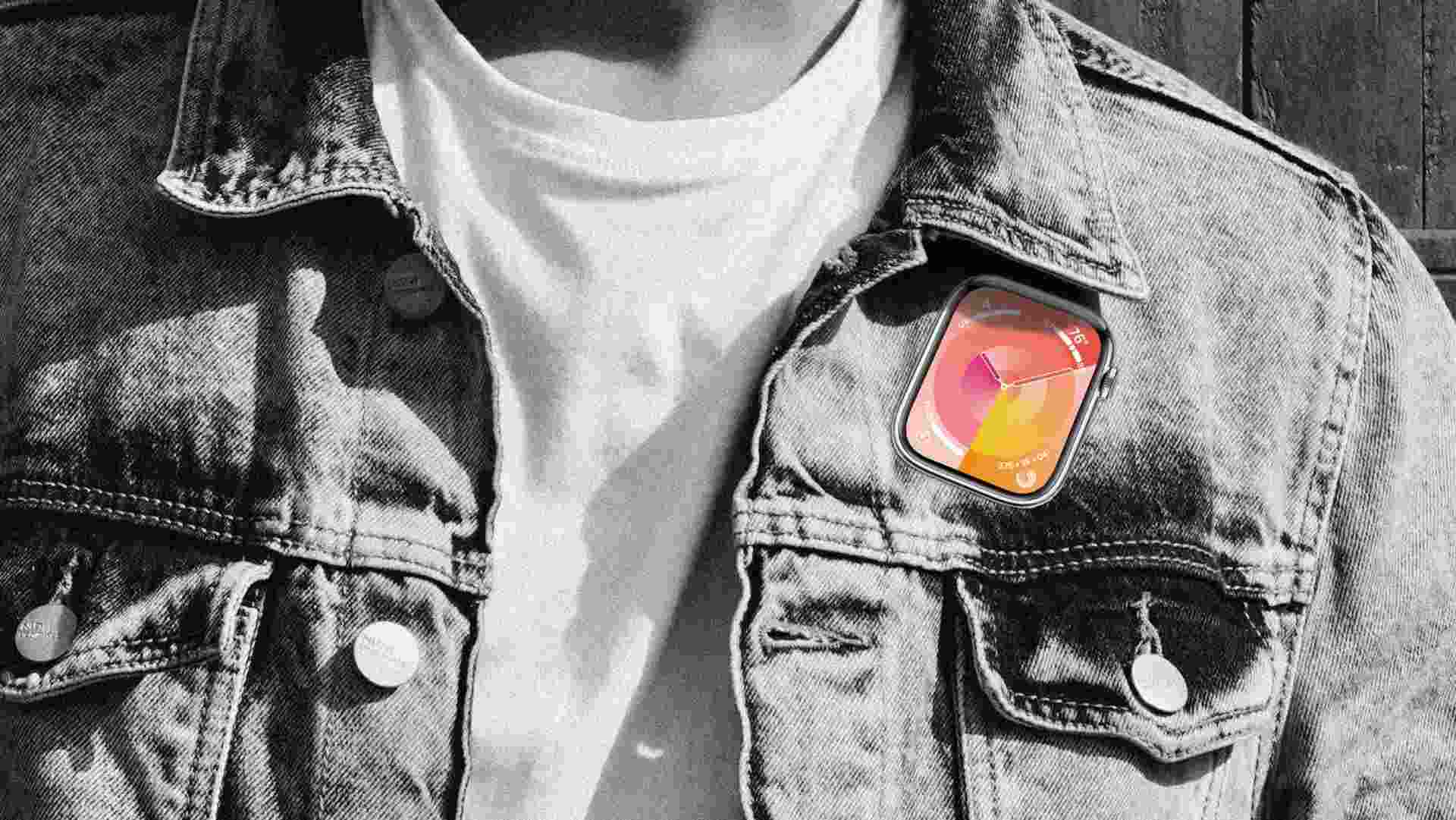- | 8:00 am
Could the Apple Watch morph into a personal AI device?
Imagine an AI-powered Siri on your wrist, a personal assistant that’s an expert in you, always ready with answers to your questions and problems.

There are some interesting connections between Apple and Humane, the company behind the new Ai Pin.
The Ai Pin is actually the brainchild of a couple of ex-Apple execs, Imran Chaudhri and Bethany Bongiorno, and some of the engineers on the team that built the Pin are ex-Apple. The Pin, if you squint your eyes, is roughly the same size as the Apple Watch Ultra. And Humane’s pre-launch marketing style was decidedly Apple-esque.
But while Humane’s $700 Ai Pin, if it isn’t DOA, has a long way to go toward becoming a useful AI device (at least based on the scathing reviews that have shown up in recent weeks), the Apple Watch is in some ways better positioned to evolve into an effective personal AI device.
Apple’s Watch team has already spent years grappling with some of the same problems that plague the Pin, and the Watch has a whole ecosystem of devices, apps, and services that it can tap into.
FAMILIAR PROBLEMS
Like the Pin, early versions of the Apple Watch were criticized for not having enough battery life. Humane says the Pin can run for six hours and get three more hours from its auxillary battery pack, but some reviewers experienced far shorter usage time. Apple has worked hard to strike a careful balance between the size of the Watch’s battery and the aesthetic of the device, and with some success. The Ultra 2 is said to go up to 36 hours on a charge, but results vary a lot depending on what apps and features (cellular, GPS, etc.) are being used, and for how long.
Perhaps the Pin’s biggest problem is its slow speed to answer user questions. For most queries it has to ping an AI model in the cloud. The AI model itself requires some seconds to find an answer, then add the roundtrip of the query over a cellular or Wi-fi to the cloud and back. The best answer to this problem is running the AI on a special chip within the device itself, an approach that promotes data privacy, too. Apple is now working on silicon designs for this purpose. It’s also working on smaller and more efficient AI models to run on mobile devices.
Another key hardware aspect of a personal AI device is something called “sensor fusion,” or the orchestration of a variety of sensors (light sensors, bio sensors, cameras, motion sensors, microphones, etc.) to continually gather information about the state of the user, and the state of the user’s environment. The Watch has steadily grown its line-up of sensors, and Apple’s engineers have gone deep into the science of finding meaning within the signals they collect. Apple has said it uses machine learning algorithms that create wellness tips and reminders from these signals.
The Ai Pin has a camera on its front, which it uses to capture visual input for the AI. The Watch doesn’t have a camera, but it isn’t beyond the realm of possibility. Bloomberg’s Mark Gurman reported that Apple last year began investigating the idea of building small cameras into AirPod-like earphones. This could provide an Apple AI device with the “world view” it needs to understand the user’s environment.
The Pin relies on finger taps and holds as its main input trigger (followed by voice commands). A few years ago Apple added hand gestures as a way of controlling Watch features. Those same hand gestures could be used to control an Apple wearable AI device. And of course voice commands work with Siri, which would need to improve substantially to give an AI device conversational skill.
NO DEVICE IS AN ISLAND
True to its post-smartphone ideal, the Ai Pin tries to operate without any integration with a smartphone at all, which, while a laudable goal, turns out to be pretty unrealistic and kneecaps the device’s usefulness. The device does offer music from the Tidal service, no other apps are available. No Uber, no Spotify, etc. As Fast Company‘s Jared Newman points out, the tech industry is about platforms and ecosystems, and consumers have expectations that some platforms will play nice with others. For instance we expect to be able to use Meta’s Facebook service on Apple’s iPhone product.
The Watch, unlike the Pin, is already part of an Apple ecosystem of immense gravitational pull. Developers want their apps to be where the users are. If the Watch ever morphed into an AI device, it’s very likely that Uber and Spotify would be part of the experience.
And there are other reasons an AI device should connect with a smartphone. The Ai Pin has a camera that shoots photos and short videos. Users would expect those to be viewable on their smartphone immediately and without a lot of clicking around.
Make no mistake, if Apple were to create a personal AI device, it could be years away. And it would most likely be after it sees that AI devices made by other companies—Rabbit’s r1, perhaps—have started getting real traction with consumers. The company is rumored to be readying a bunch of new generative AI features for the iPhone’s next operating system release.
Meanwhile the Apple Watch’s tenth anniversary is coming up. For the iPhone’s decennial, Apple added a group of brand new features, including the forward facing camera. So it’s entirely possible that Kevin Lynch, who leads the Apple Watch team, may have some tricks up his sleeve, some of which might involve AI.
But as far as a full-blown personal AI device goes, for now we’re still squarely in “what if” territory.






































